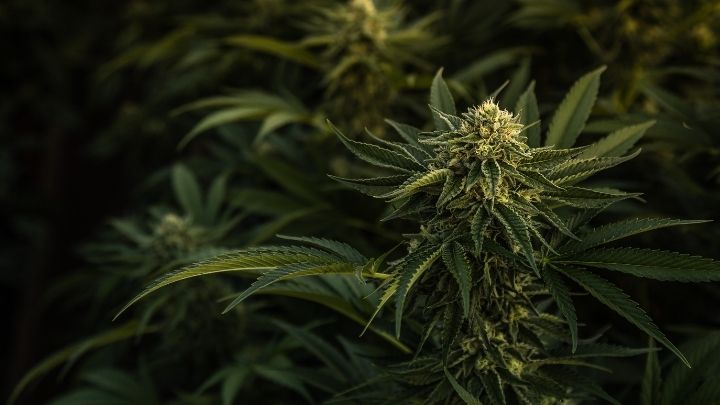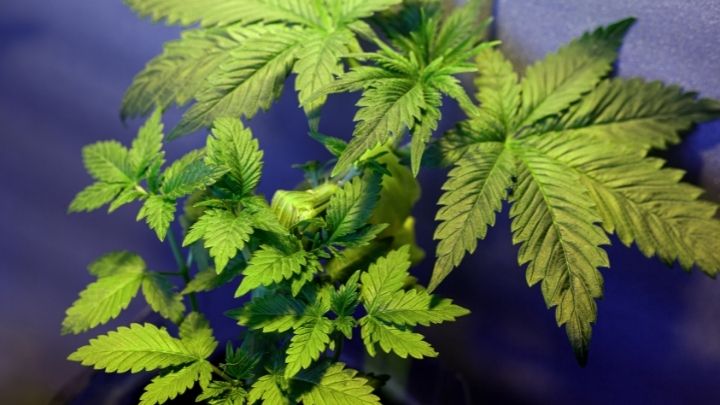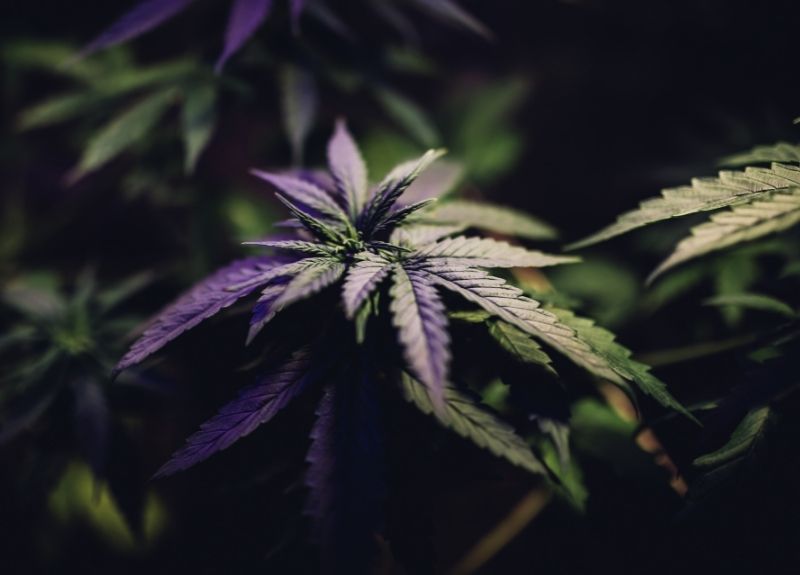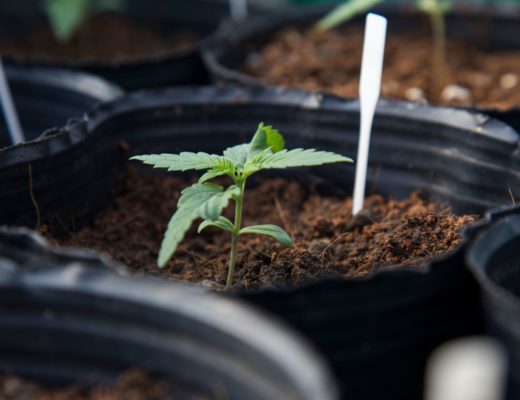To a new cannabis grower, darkness might seem like wasted time. After all, the more watts and more light—the bigger the buds, right?
The short answer is no because cannabis plants need darkness. Darkness is just as important to the plant’s health and development as light is.
However, why darkness is necessary requires a bit of in-depth plant science. Don’t worry, though, because we’ll break everything down and explain it simply.
Continue reading below to find out why darkness is essential for cannabis plants and what happens to cannabis plants at night.
Why Do Cannabis Plants Need Darkness?
Cannabis is a photoperiodic plant. This fancy term means that cannabis plants respond to seasonal changes in light.
Let’s think about a cannabis plant growing out in nature. Usually, seeds will sprout sometime in spring or early summer.
They’ll grow and grow until one day they naturally start flowering at the end of summer or into early autumn. This happens because the days get shorter, which shifts the light-to-dark ratio.
Cannabis plants rely on the light-to-dark ratio to know when to start producing flowers. It tells them—”hey, it’s time to start flowering and drop our seeds before winter comes.”
Indoor cannabis seed growers can exploit this photoperiodism. This is why we have both the vegetative phase and flowering phase.
During the vegetative phase, indoor growers keep their light schedules with 18 hours of lights on and 6 hours off. During the flowering stage, growers use 12 hours on and 12 hours off to flip cannabis plants into flowering.
The more darkness the cannabis plants experience, the more it tells them that it’s time to start flowering.
 What Happens to Cannabis Plants During the Night?
What Happens to Cannabis Plants During the Night?
Now we’re going to get a little bit more technical. To understand why night is essential, we need to know a little bit about photosynthesis and respiration.
During photosynthesis, cannabis plants use three things—light energy, carbon dioxide (CO2), and water. They use the sunlight to metabolize CO2 and water to create carbon and oxygen.
The carbon they create is used as energy for growth, while the oxygen is released mostly back into the environment. However, this carbon isn’t used directly but in a process called respiration.
Respiration means that plants are breathing, but not in the same way we do. Respiration is sort of like the opposite of photosynthesis.
During respiration, the plants will use oxygen and the carbon created from photosynthesis to produce energy for growth.
The exciting part is that cannabis plants are respiring during both the day and night. During the day, the plant is more actively photosynthesizing and using CO2.
At night, however, cannabis plants kick respiration into overdrive. That means plants are taking up more oxygen than they produce during the nighttime.
That’s why people once thought it was dangerous to keep houseplants in the bedroom because the plants might steal the oxygen. It’s not true, of course, because plants ultimately release more oxygen than they use.
What’s important to know is that respiration is crucial for the growth and maintenance of cannabis plants and respiration happens mostly at night.
Why is Maintaining Darkness so Important?
Much like humans, plants have their own internal clock. Our internal clock (or circadian rhythm) is influenced by light and other external factors.
It helps make us tired at night and alert in the daytime. With plants, it’s no different, and they use light to help them maintain their internal clock.
If cannabis plants have established light and dark periods, that helps them regulate their energy levels and metabolism. The plants know when to start photosynthesizing and how much carbon they need for respiration at night.
This is why light leaks are so harmful to cannabis plants during their dark cycle. Naturally, plants aren’t bothered by natural moonlight or starlight.
However, artificial light during a cannabis plant’s dark cycle can be disastrous for its growth. Imagine how good you would feel if someone turned a light on in the middle of the night during your deepest sleep.
Cannabis plants that are interrupted during their dark cycle will stress out. This stress can lead to disruptions in flowering and lead to hermaphroditism.
Also known as a hermie, hermaphroditic plants will develop male traits and pollinate their own flowers. That means instead of getting large, beautiful buds, you’ll instead end up with seedy weed.
That’s why grow-tents and custom grow rooms are all sealed to prevent light leaks. Mylar and other materials are used to stop light pollution at all costs.
 Do Autoflower Strains Need Darkness?
Do Autoflower Strains Need Darkness?
Since autoflowers don’t depend on the sun for flowering, do they need a dark period? The short answer is yes–even autoflowers still need a dark period.
Cannabis ruderalis, the genetic backbone of autoflower strains, were discovered in the Northern reaches of Siberia. Naturally, they could experience up to 24 hours of light during their growing season.
However, growers have found that autoflower plants still need a dark period. That’s because autoflowers grown with 18 hours of light and 6 hours of darkness grow healthier, bigger buds than with a 24-hour light cycle.
Tips for Keeping Your Cannabis Plants in the Dark
Now that you know why darkness is so important, we’ll share a few tips on how to let your cannabis plants get their much-needed shut-eye.
If you’re growing indoors, it’s best to start with a grow tent. A grow tent not only allows a convenient space for your cannabis plants but is built to prevent light leaks.
Ensure each port is cinched down tight and that your tent is completely zipped up before lights off. Also, make sure that no grow equipment within the tent has a light-emitting from it.
If a ballast or dehumidifier has a light, you can take some electrical tape and cover them up.
Most importantly, remember to stick to a set schedule. Use timers to make sure your lights shut off and turn off at the same time every day.
Consistency is critical, and your plants will be much happier in a stable environment. Remember, much like people–cannabis plants do their best when they’re well-rested.
That means that with a proper dark cycle, your cannabis plants will grow healthier and produce hefty, potent, and delicious buds.





No Comments